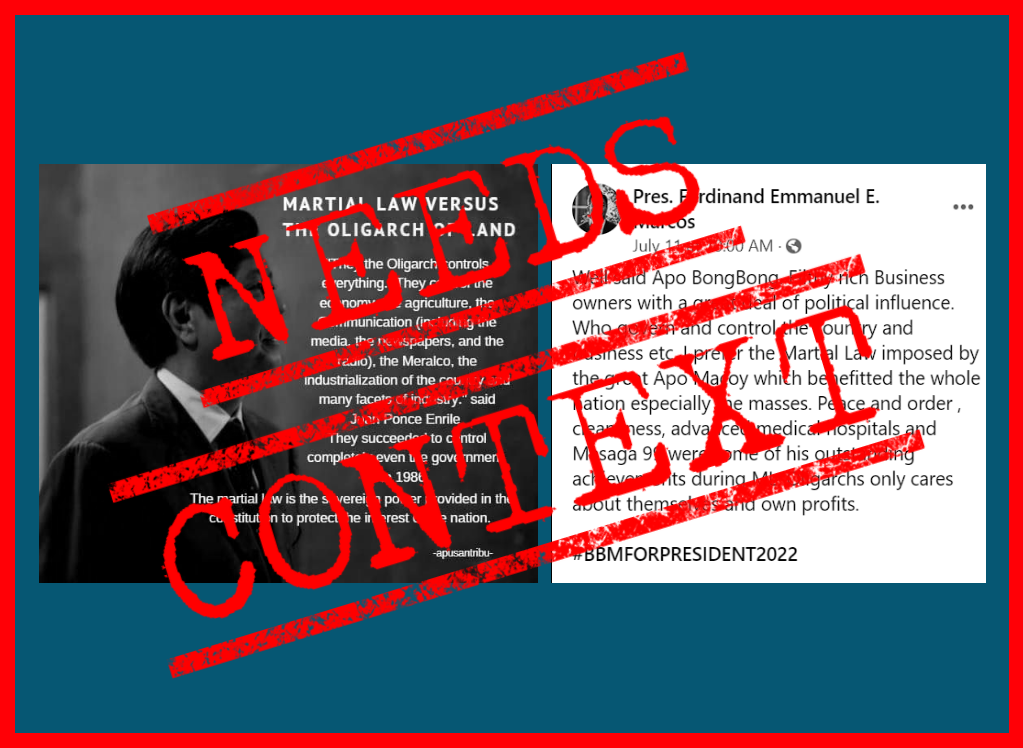Thirty-seven years have passed and that question obstinately nags at our national psyche since the start of the recovery of the Marcos ill-gotten wealth in 1986.
Two months ago, our article The Marcos family treasurer came out in Vera Files narrating the cloak-and-dagger events that happened in Germany sometime 2001. Irene Marcos Araneta was caught red-handed attempting to transfer $13.2B from the Lugano branch of the Union Bank of Switzerland to Deutsche Bank in Dusseldorf, Germany. The bank transfer was foiled.
Vergel O. Santos requested a clarification to that article that we deemed relevant. When Santos reads you, one had better take good stock of one’s facts. Santos is one of the Philippines’ journalism giants, a veteran of forty years, a publisher (BusinessWorld), editorial board chair and staunch press freedom advocate.
This was the clarification he had requested: “The Marcoses were supposed to have run away with a total plunder of $10B and around half of it has been recovered. Was the $13.2B (that Irene was said to have attempted to withdraw) the sum with compounded interest – itself seemingly too large, so large that readers may require a validating computation to allay the amount’s incredulity?”
It is a valid question that represents the dilemma in the minds of many Filipinos. How much did the Marcoses really steal? If the usual low of $10B is the common reference, then how do we explain Irene’s $13.2B? A redux was in order.
We thus turned to Ruben Carranza, a former commissioner of the Presidential Commission for Good Government. Carranza is presently a senior associate at the International Center for Transitional Justice in New York City. He is director of ICTJ’s Reparative Justice Program. His tenure at the PCGG coincided with the chairmanship of the great Filipino Haydee Yorac. That is an important bona fide. Under the Yorac PCGG, the Philippines’ aggregate recovery of the plundered money reached almost $700M. In addition, the PCGG secured a landmark Sandiganbayan ruling that awarded to the government shares of San Miguel Corporation worth billions of pesos and which the Supreme Court affirmed in 2012. Yorac’s credibility luster earned her the Ramon Magsaysay Award in 2004 for government service.
Carranza clarifies. First, the total amount of Marcos plunder is difficult to determine because even the Marcoses’ access to their bank accounts has been jammed, for example, by Switzerland’s cooperation with the Philippine government’s recovery efforts.
Independent think tank analysts agree. The Center for Research and Communication of the University of Asia and the Pacific, citing studies by its economists Bernardo Villegas and former finance secretary Jesus Estanislao, contend that the $10B was “well below the conservative estimate, and that using economic data, the Marcos loot could reach to as high as $30B.” The CRC’s finding was published 2008 in the book Philippine Political Economy by Jose V. Romero Jr., and was later referenced by a Berlin publication (Heinz-Dietrich Fischer, 2020).
Carranza puts across another curious reality to the Marcos plunder: we do not even know the entire Marcos money held in trust by private corporations. These may be monies that they continue to draw income from. Recall that even Bongbong Marcos had testified in court in 2007 that the Lucio Tan companies belong to their family.
As for the offshore bank accounts, we all know well by now that these were all opened under several intricate layers of falsehoods: fictitious names, dummy shell companies, and bank accounts managed by foreign persons under special powers of attorney.
Taking off from the $30B amount, the Pulitzer Prize laureate Manny Mogato of PressOne.PH offers a plausible hypothesis. The total Marcos loot could be “worth more than $30B by now because of accumulated interests and appreciation of assets.”
Have the Marcoses duped us with a grand deception? Manny believes that is the point. In 2011, then senator Bongbong Marcos and his two sisters met with the PCGG under Andres Bautista. Instead of offering a settlement, they put forth a question to Bautista: how much was the estimate of the Benigno Aquino III government of the Marcos loot to be returned to the government?
It was a devious move. They put up a false front by not disclosing how much they wanted to return. Manny Mogato offers a clandestine scenario: “The Marcos ill-gotten assets could probably be worth more than the known estimates – it would be better to keep it secret than share it with the government. The Marcos family would rather face thousands of criminal and civil suits than give up the ill-gotten wealth.”
In other words, what the government knows so far after thirty-seven years may just be a drop in the bucket of the total amount. The Marcoses are still earning from the rest of the hidden wealth. How much is hidden, we cannot be mistaken to think that Imelda, Bongbong, Imee and Irene know the exact figures.
The implication is damaging to our country’s sense of good governance and our standing before the family of nations. We have a president who knows how much his family stole from us but prefers to lie to us. That makes him a criminal president.
The views in this column are those of the author and do not necessarily reflect the views of VERA Files.





